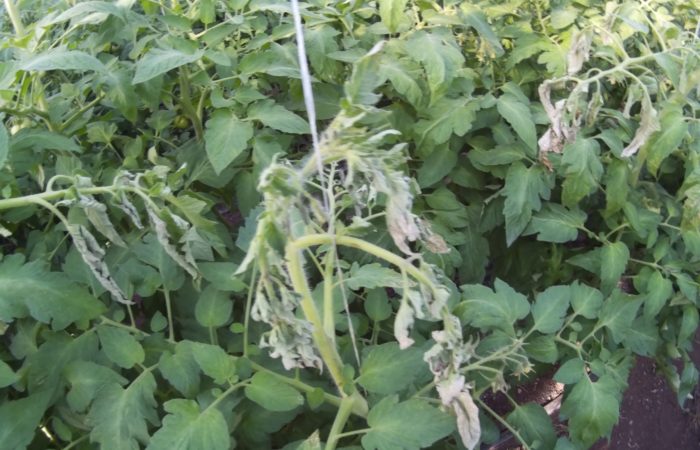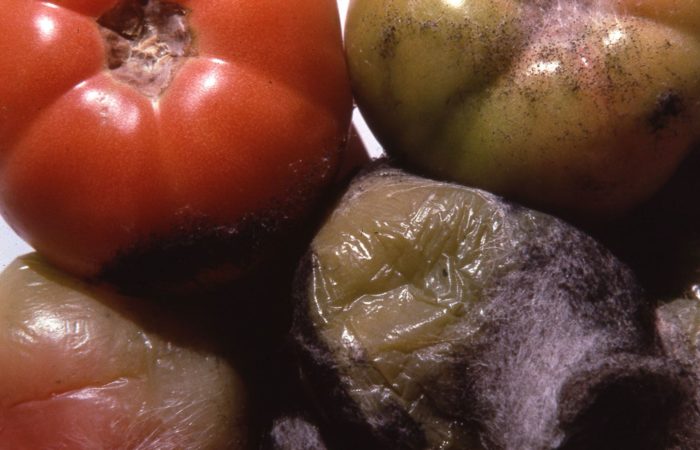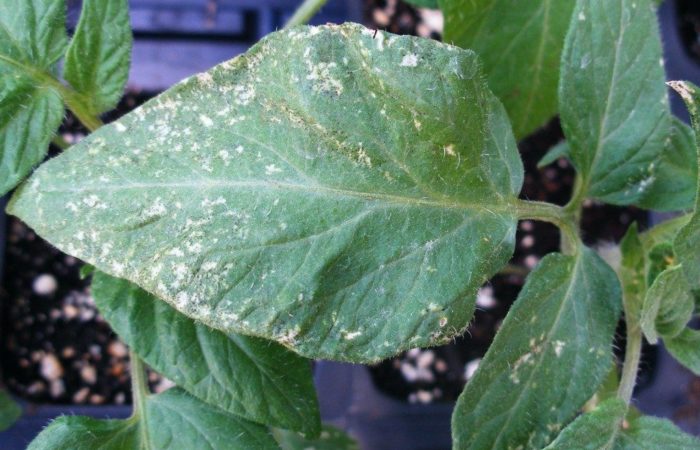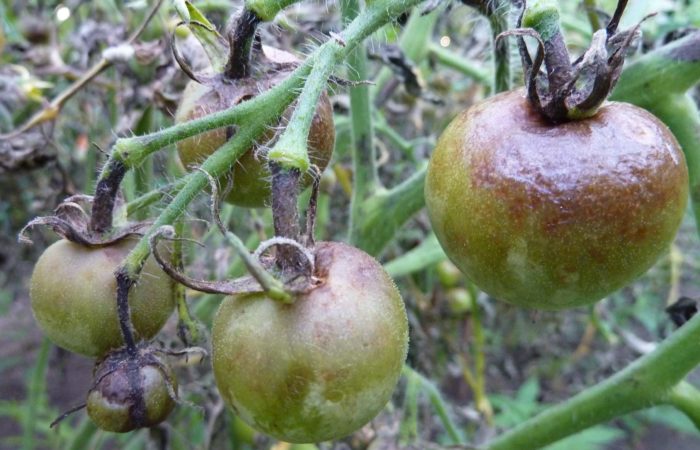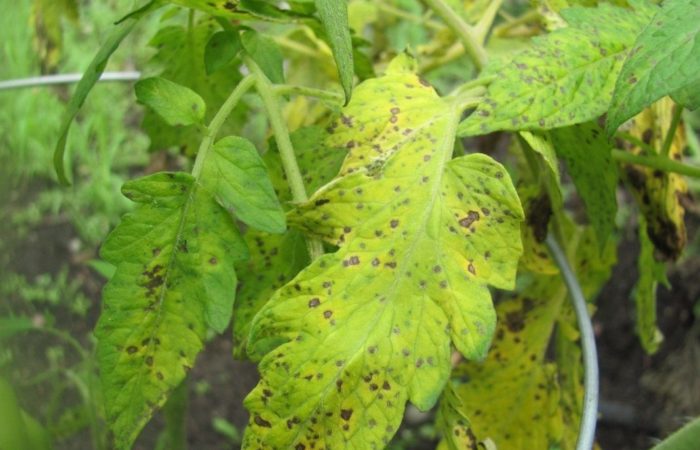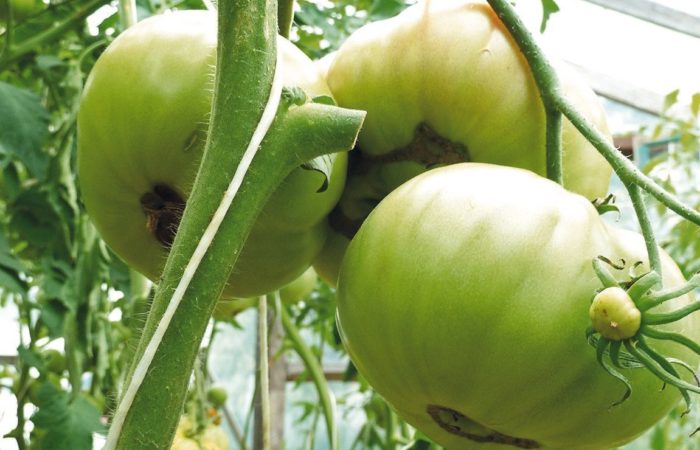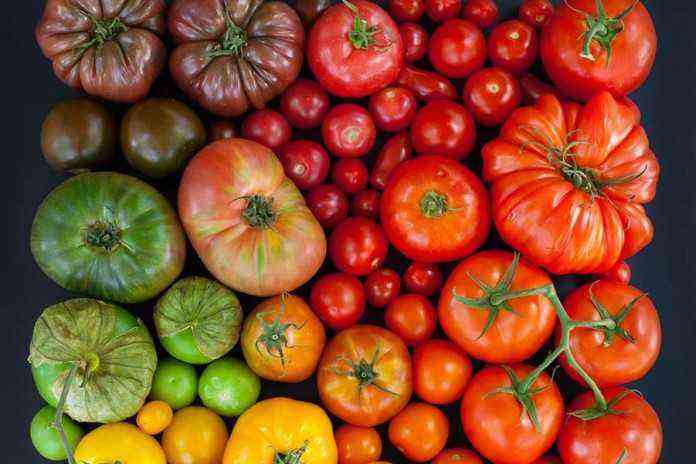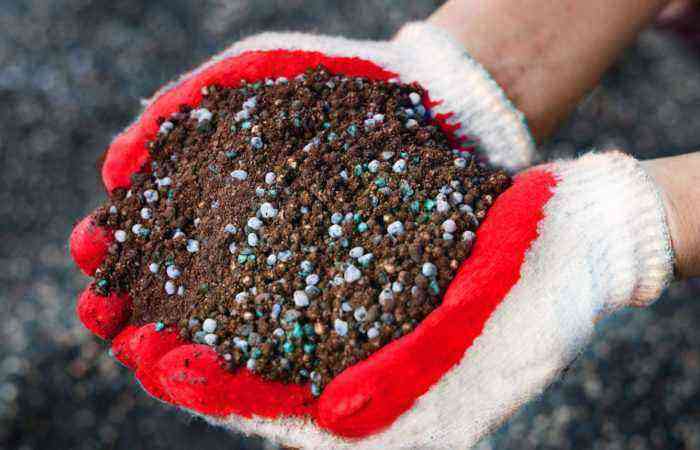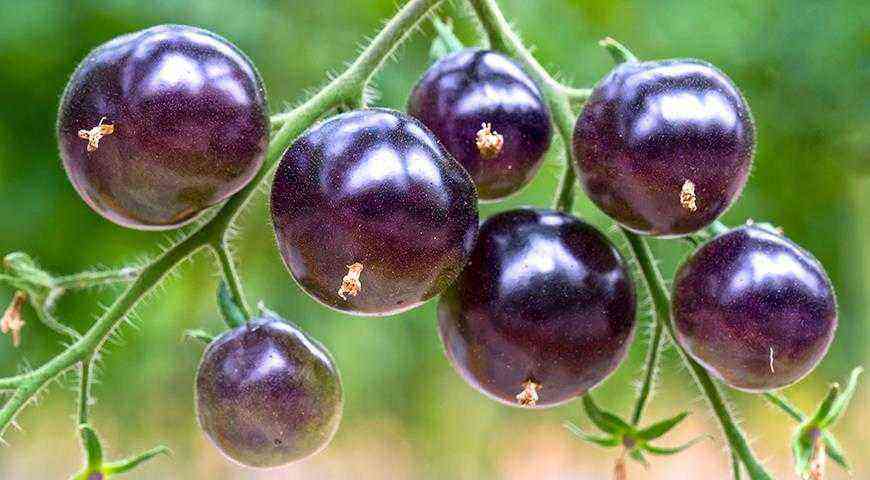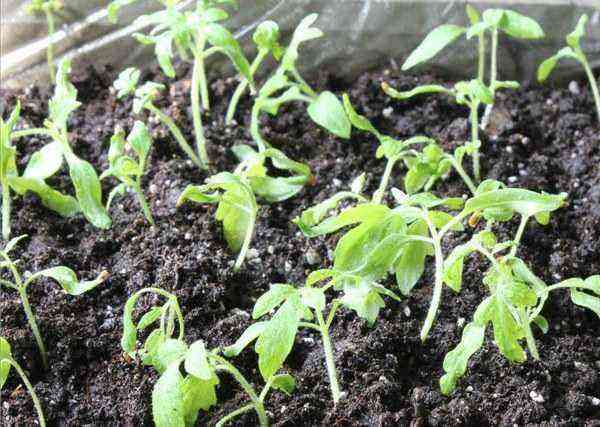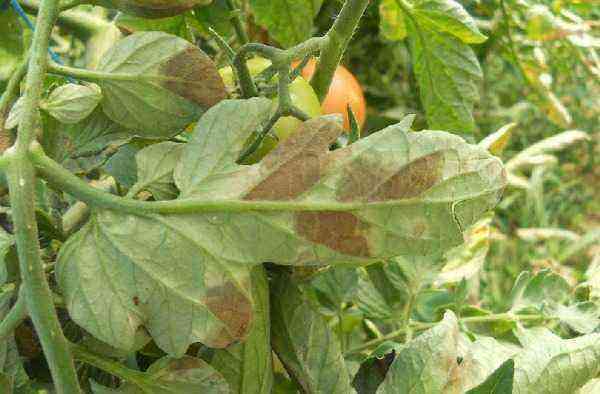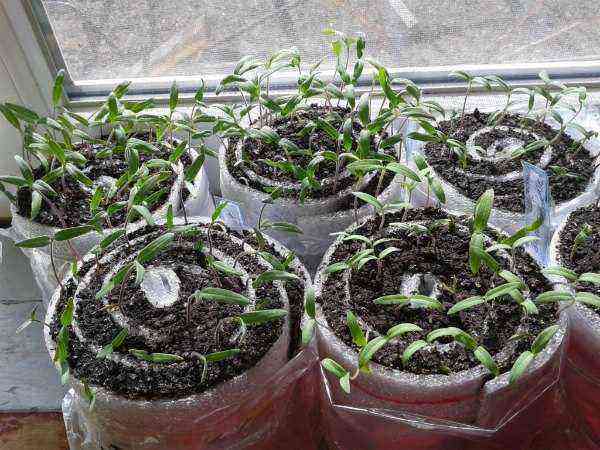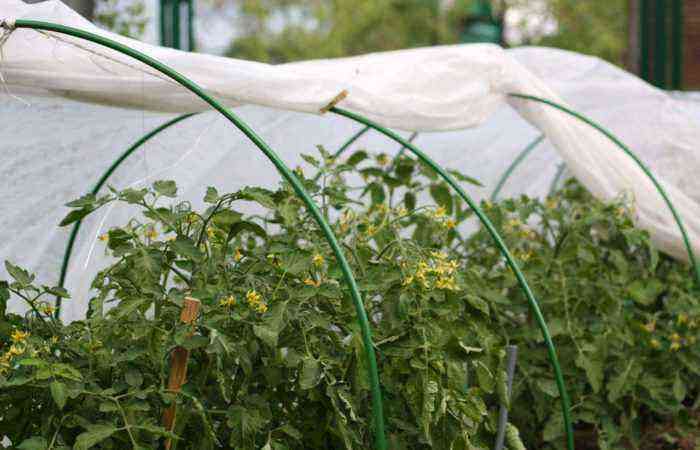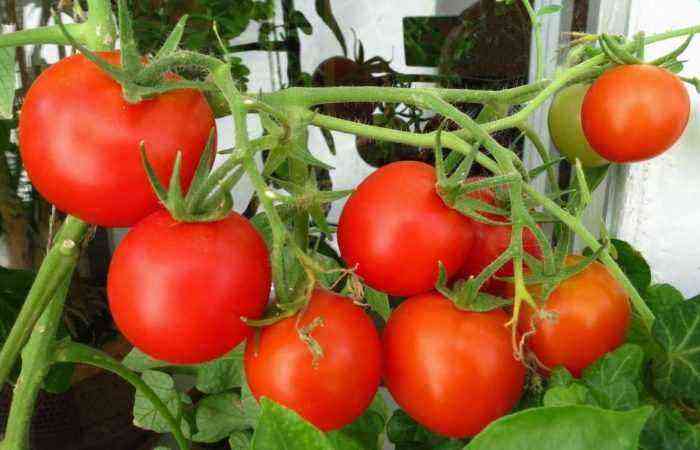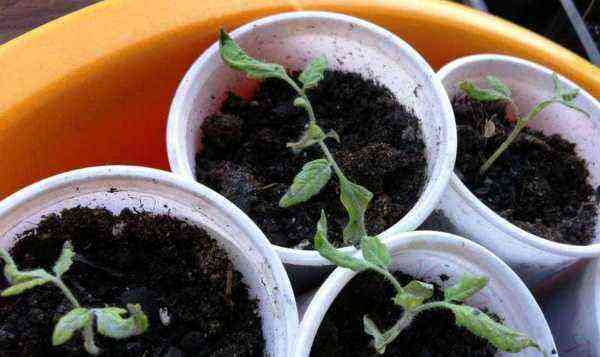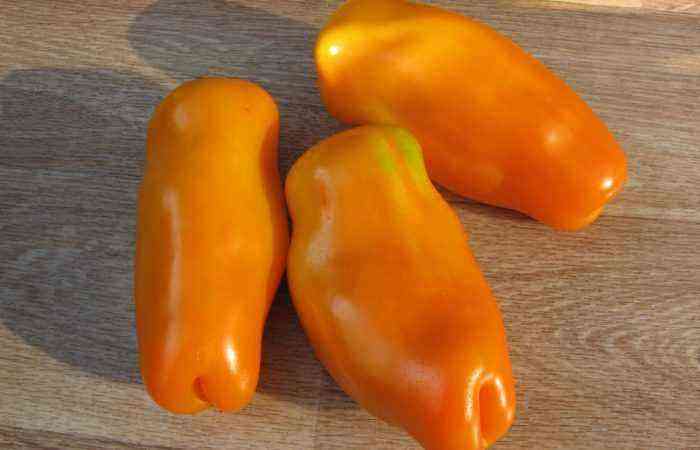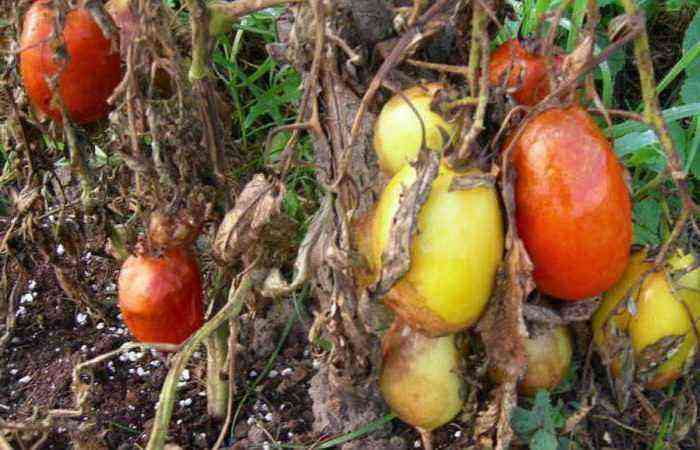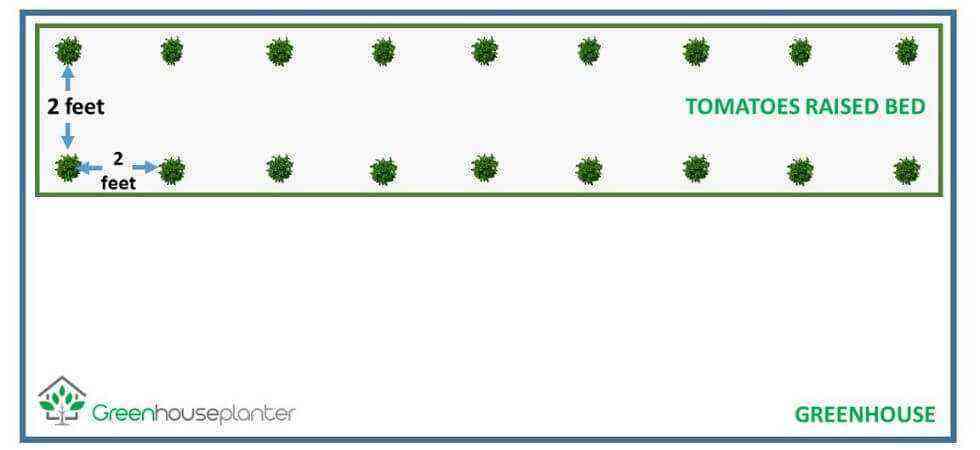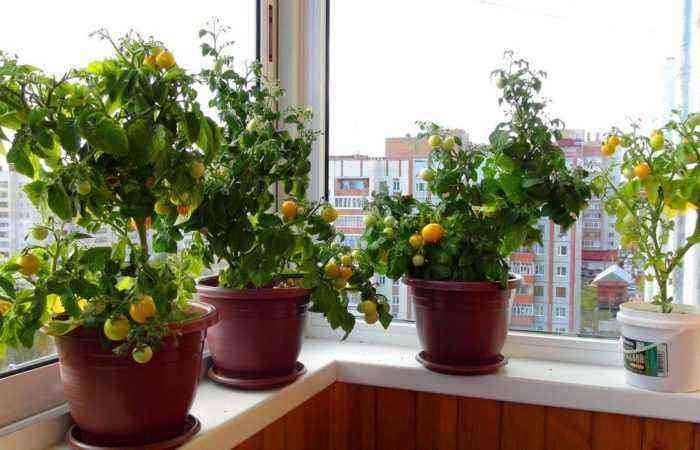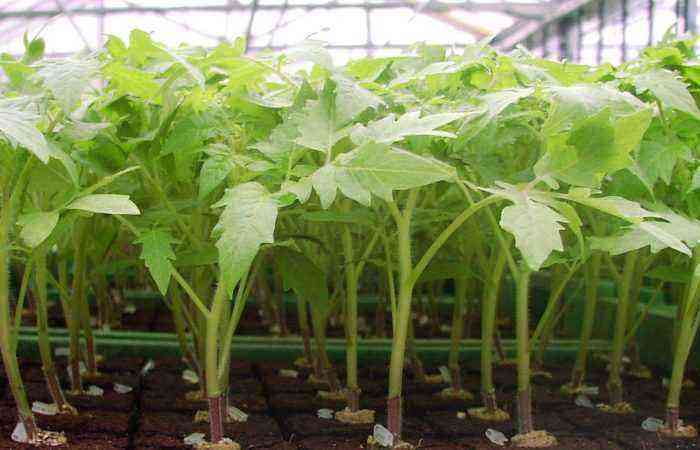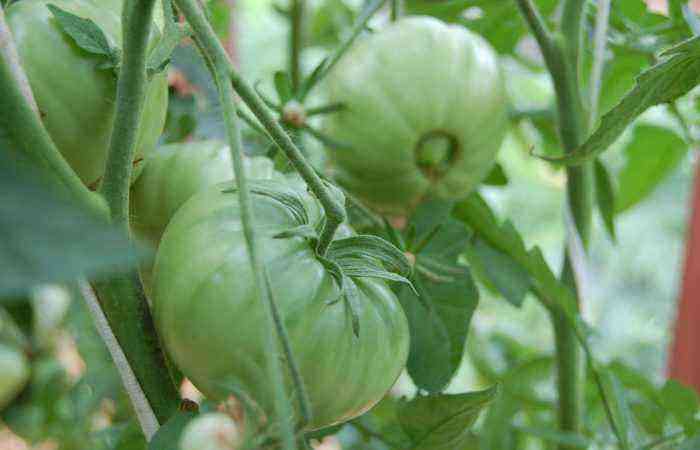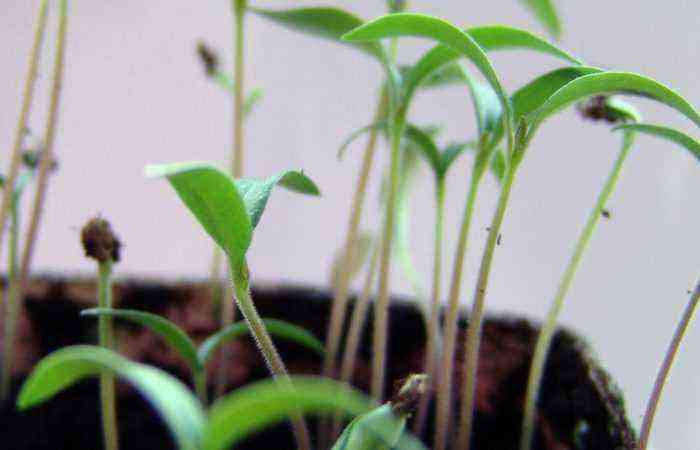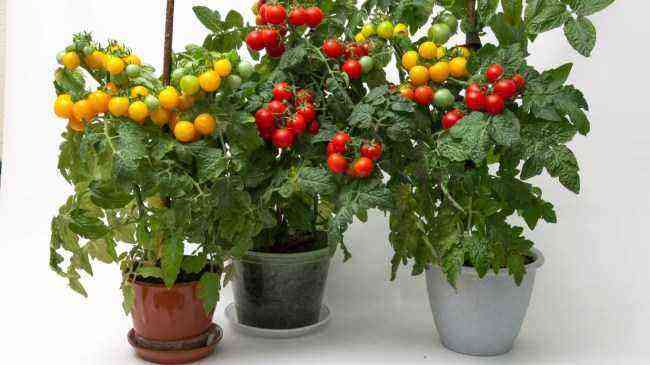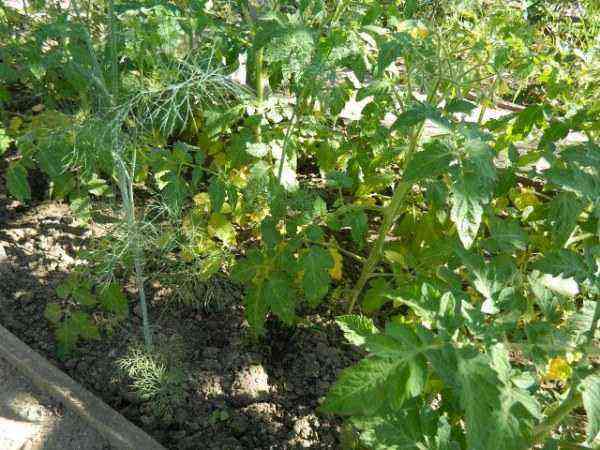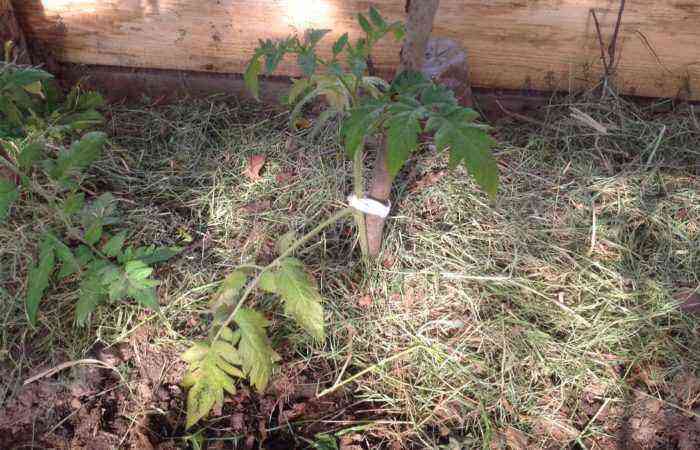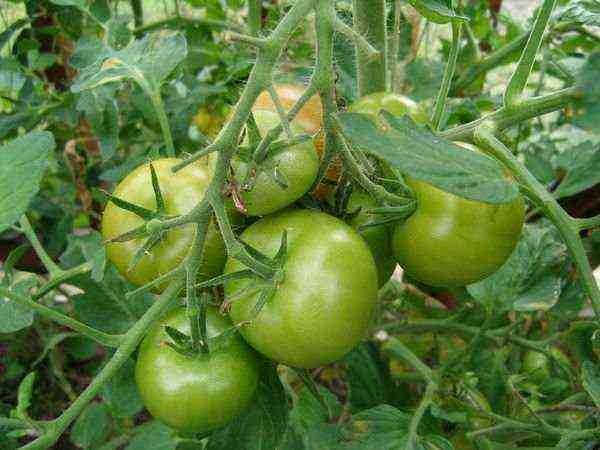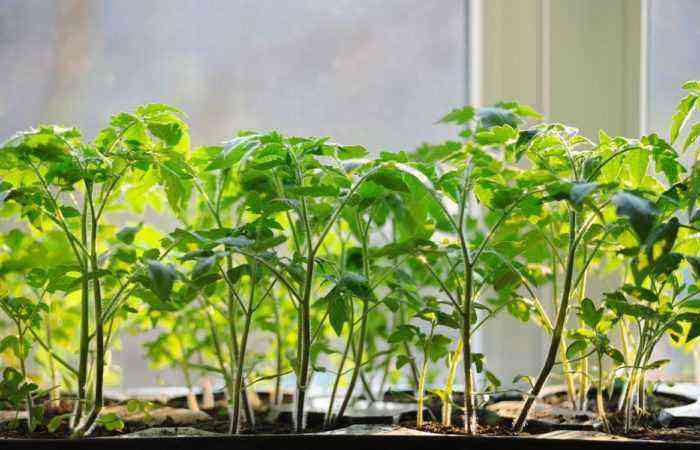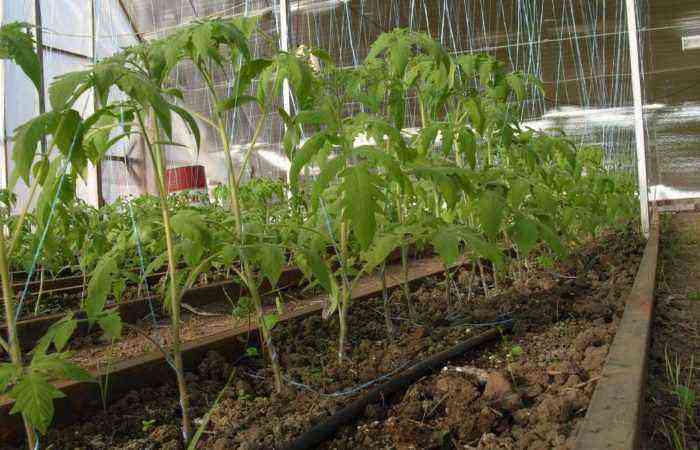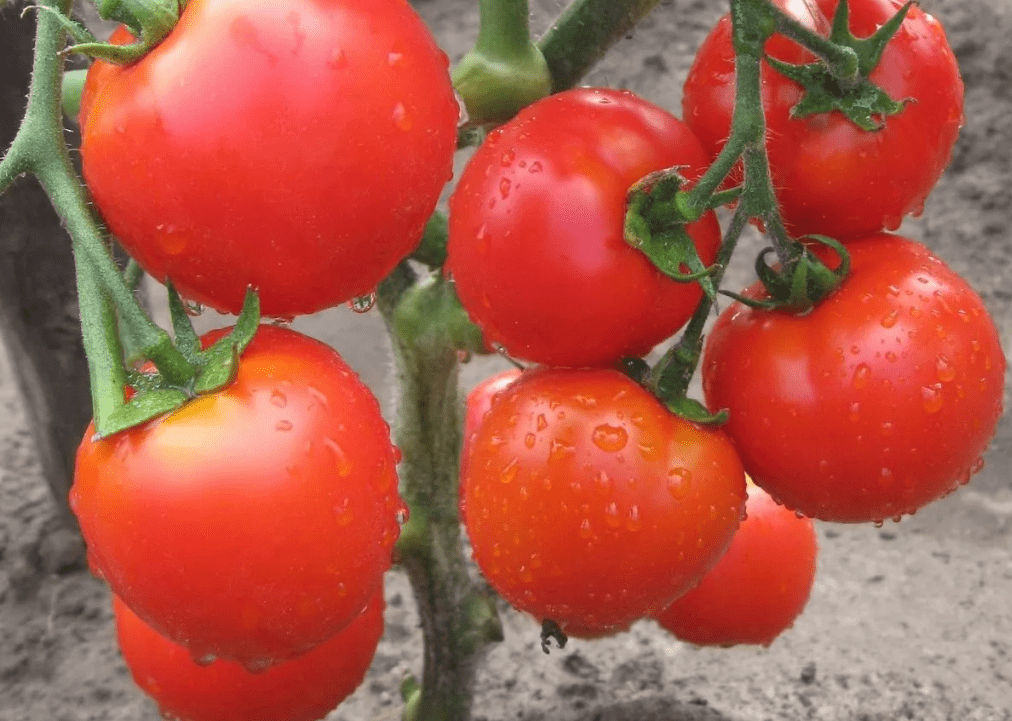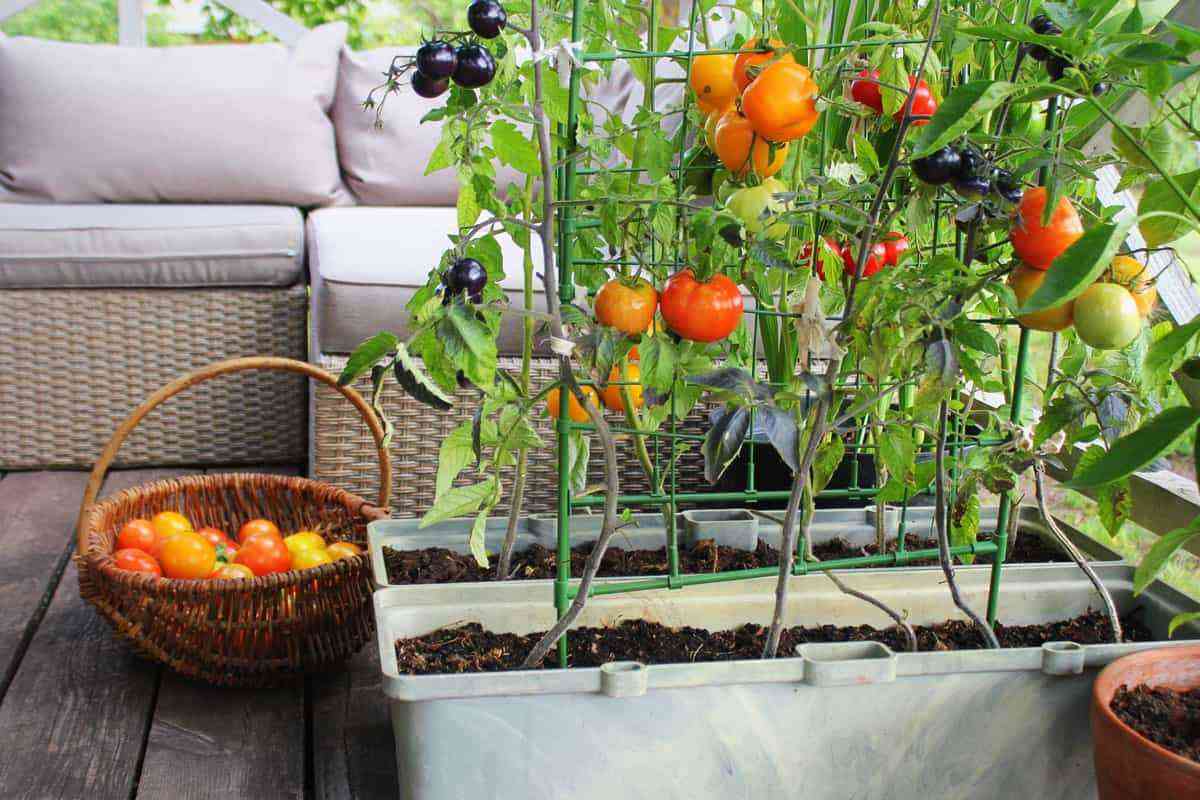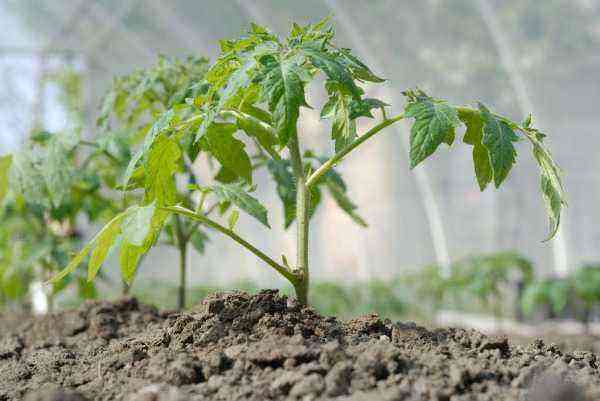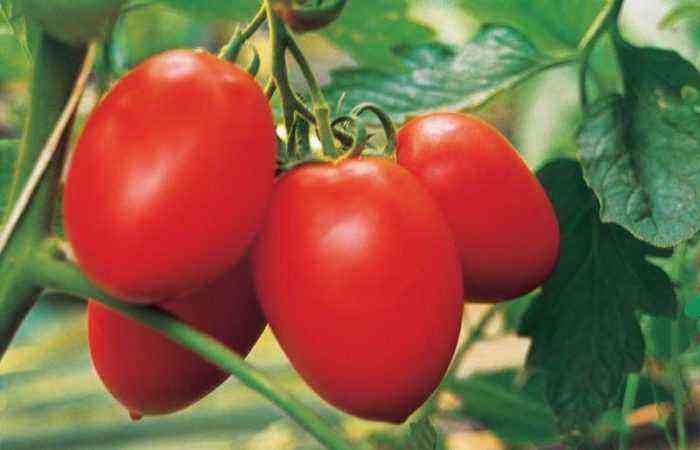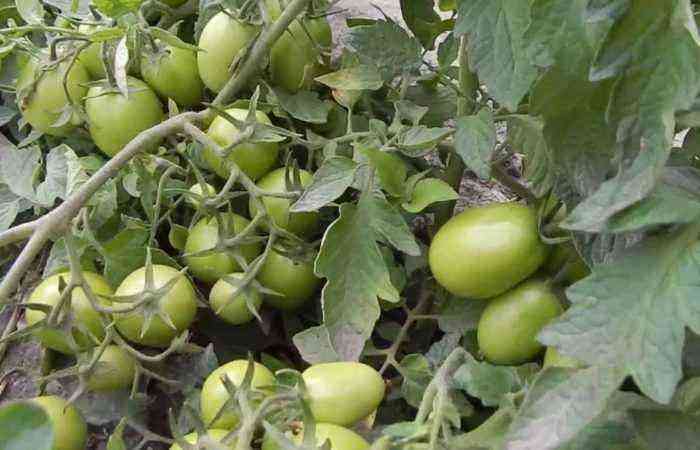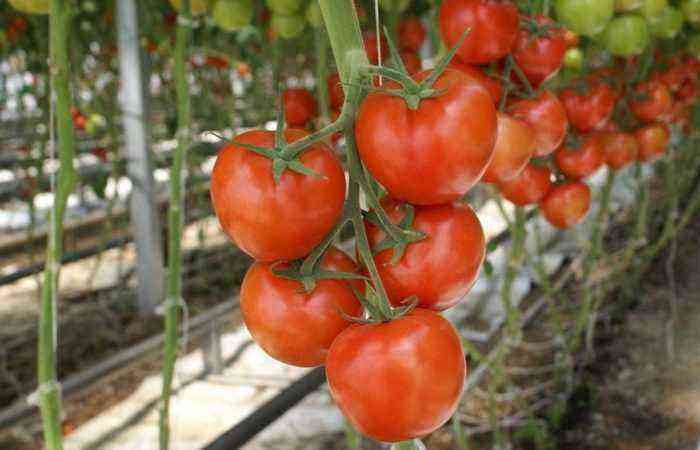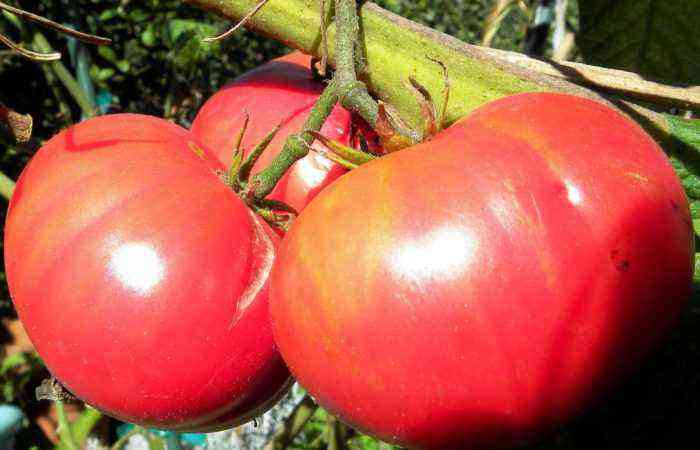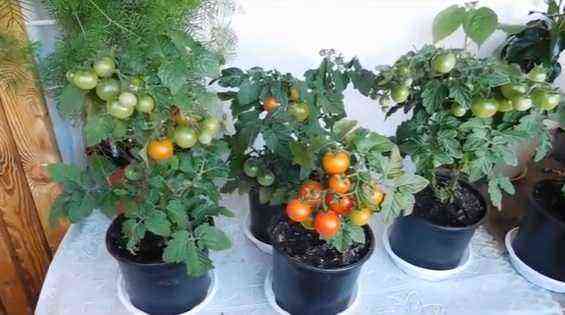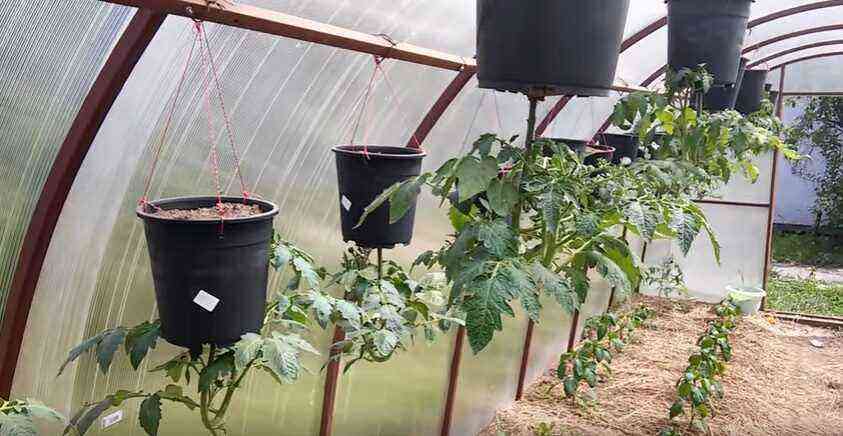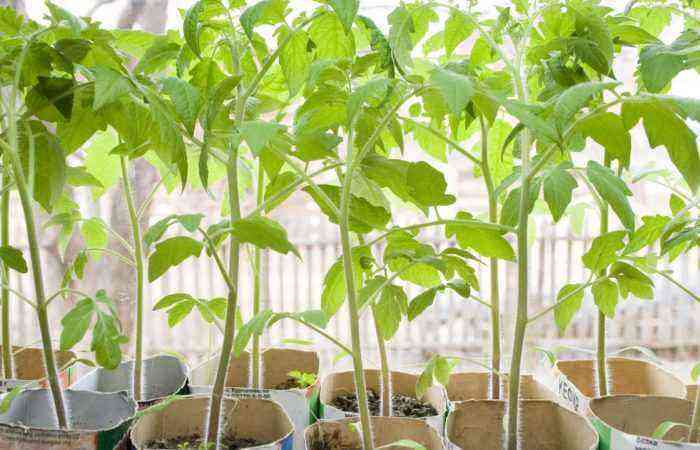Many factors constantly influence the growth and development of vegetable crops. Plants respond to changes in both natural climatic conditions and artificial ones created by man. Deviation from the optimal parameters of plant development or violation of the rules of agricultural technology can create conditions for the emergence of diseases caused by viruses, bacteria and harmful fungi.
Plants quickly signal problems with all their vegetative organs: leaves, stems, roots. They change the color, structure, configuration, shape and position of the leaves and trunk. If you understand the plant in a timely manner, you can take action and correct the situation without waiting for the symptoms of the disease on the fruits or the death of the plants.
Bacterial diseases and their symptoms
Bacterial mottle
Leaves are mostly affected. They are covered with yellowish spots, which eventually become brown. The leaf structure becomes transparent. The process starts from the edge of the leaf, then small spots grow, covering the entire leaf, which curls and dies. Infection occurs through wounds and stomata. High humidity and cold weather are the best conditions for bacteria to thrive. They quickly die in the soil, but accumulate in the roots of weeds and tomato seeds.
- Pathogen: Pseudomonas syringae pv. tomato (Okabe) Young et al.
At optimal temperature and humidity, the disease will not cause harm.
Warning: removal of leaves with signs of disease, treatment with copper-containing preparations, improvement of the microclimate.
Bacterial cancer
- The causative agent is Corynebacterium michiganensis.
Seedlings are rarely affected, the symptoms of the disease appear during the period of fruit formation. In appearance, it looks like bacterial wilt, but the leaves begin to wither on one side, yellowing of the edges and twisting upwards appear. Withering begins from the bottom of the bush; on the cut of the stem, a dark yellow core and vessels stand out sharply.
Petioles and stalks are affected by reddish sores. On the fruits, mainly around the stalk, white spots with a dark center appear, then they change to yellow with black cracks (“bird’s eye”).
With early damage to plants, ugly fruits are formed, the seeds of which have poor germination and retain the infection. With a late lesion, the external signs on the fruits are not expressed, but the vessels inside the fetus have a bright yellowing.
It is obligatory to carry out disinfection of TMTD seeds, and grown plants with a solution of copper-containing preparations.
bacterial wilt
First, the leaves wither, then the whole bush. At the same time, yellowing does not develop, the greens become more faded. The disease spreads quickly. A cut of the stem will help confirm the diagnosis – a gray, mucous liquid is released. Vessel ducts of the stem are yellow or brown. In the later stages of the disease, cavities appear in the core of the trunk.
Bacteria quickly migrate and survive in the soil, roots of other plants. They are carried by insects that damage the integrity of the plant, processing tools and during irrigation.
Favorable conditions: high temperature and humidity, untimely cleaning of plant waste.
The causative agent of the disease is the bacterium Burkholderia solanacearum.
Root cancer
More common in open ground. The roots are overgrown with woody growths that prevent the full supply of plants with nutrients. Plant growth slows down, fruits are poorly tied. Fortunately, the disease is not common.
- Pathogen: Agrobacterium tumefaciens (Smith et Townsend) Conn.
Wet fruit rot
The main sign of the onset of the disease is a transparent spot, which is then pressed in, cracking. A specific smell appears, the stem and fruit acquire a soft, liquefied brown consistency. The liquid gradually dries up, leaving a wrinkled peel.
To combat the disease, Bordeaux liquid is used, excessive use of nitrogen fertilizers is not allowed, and the temperature regime is controlled.
Necrosis of the core of the stem
- The causative agent is Pseudomonas corrugatc.
It manifests itself, first of all, withering of young apical leaves, on which signs of a burn are visible. From above, the stems are covered with long longitudinal formations, numerous adventitious roots. Inside the stem, the core and vessels darken, voids appear, which are united by thin partitions.
The reason for the spread: poor ventilation, thickening of plantings, temperature changes and excess nitrogen.
Virus diseases of tomato
Aspermia – seedless or BAT virus
The first sign of a viral disease is increased bushiness, inhibition of the growth point of the central shoot, and the active growth of powerful stepchildren. The leaves become smaller, become asymmetric, wrinkled, become mottled and mosaic dark green in color, curl inward. The fruits are strongly deformed, hard, with dense ribs. The number of seeds is limited, they are defective or absent altogether.
Bronze
The causative agent has several strains, so the symptoms of the disease are different. Another name is spotted wilt. It starts on the apical leaves of the stem and shoots. Bronze-colored rings blur, which, over time, change the shade of the leaf from green to bronze, then darken and die.
The process can occur so quickly that, before it has time to darken, the leaves dry up, and the bush turns into a stack of dry hay.
The fruits acquire an original variegated, spotty color, which is created by spots of yellow and bright red.
The duration of the incubation period is 7-25 days, at normal temperature the virus can survive up to 10 hours on tools, shoes, clothes. The disease is also transmitted by thrips and insects.
yellow curl
It provokes the Chino del Tomate Virus, CdTV. The condition of the leaves during the disease corresponds to the name: twisting occurs due to damage to the tissues between the veins, they dry out, turn yellow or turn purple. The plant lags behind in development, the fruits are tied weakly. The main peddler is the tobacco whitefly.
Top bushiness
- The causative agent is Tomato bunchy top viroid.
It has become widespread in greenhouses, it can be activated already in the winter. White spots appear on the veins of the leaf blades, which then darken and turn brown. The veins become coarse, stained in a bluish color. The sheet is twisted down, stretched and twisted around its axis. Plant growth slows down, internodes shorten. The flowers acquire a yellowish color, the pistil becomes much thicker, the number of stamens increases.
Mosaic
The main symptom is the spread of many light green spots on the leaf blades. The causative agent of the disease is the Tomato mosaic virus. Plants lag behind in development, bloom poorly.
The main carriers of the virus are insects. The virus can overwinter in plant debris and tomato seeds.
Filiformity of the leaves
The leaves are deformed, the leaf blade narrows, forming only near the central vein. The tops of the leaves are elongated and thinned. Depleted leaves are not able to provide normal photosynthesis. This is a disease of protected ground, which can completely destroy the crop.
Infection occurs through insects, materials and seeds.
Fungal diseases of tomato
Alternaria
The spread is from the lower leaves to the upper ones. The spots are located between the veins, without affecting them, sometimes reach 15 mm, have a dark yellow, brownish color. With high humidity, the spots quickly grow throughout the sheet and become covered with a black coating.
Another name is dry spot, pathogen: Alternaria solani.
anthracnose
It is a fungal disease characteristic of ripe and overripe fruits and is provoked by the fungus Colletotrichum.
Signs of the disease are depressed spots of liquefied pulp, which later take the form of concentric rings. In humid conditions, the mycelium of the fungus grows rapidly, cracks appear on the fruits and it rots.
White spot – septoria
- The causative agent is the fungus Septoria lycopersici Speg.
Petioles, veins of leaves, stems are affected. They are covered with elongated spots that spread quickly in cloudy weather with high humidity. The leaves dry up and fall off. The fruits are tied weakly. The spores of the fungus are dispersed by wind and insects.
White rot
It is characterized by wilting of the apical part of the tomato and pronounced decay (up to a white coating) of the lower part. On the section of the stem, black dots appear, of a rather large size.
Conditions for the spread of the disease create temperature changes, humidity, cold weather.
Brown spotting – cladosporiosis
The foci of damage by the fungus during cladosporiosis on the upper part of the leaf are marked with yellowish spots of various configurations. On the lower part there is a light coating, which darkens with time. Leaves fall, photosynthesis deteriorates, fruit formation decreases.
verticillosis
Old leaves wither during the day, take the desired shape during the night. Chlorosis of the leaves sets in, the roots gradually die off. The stem turns black in height up to 15 cm. The cut shows that the stem has a brown ring, i.e., the vessels are affected.
Root rot
- Caused by the fungus Pythium debaryanum with excessive soil moisture.
The root neck and the roots themselves are affected, they darken and rot, a gray coating forms on the surface. Plants wither and die from lack of nutrition.
Blackleg
The cause of the spread of leg disease is a fungus that spreads under the influence of low temperatures, dampness. The stem near the ground becomes thinner and darker, as if drawn by a black belt. Seedlings wither in the sun, fall, have no stability. The source of infection can be soil, seeds, plant debris.
Gray mold
- Caused by the fungus Botrytis cinerea Pers.
First of all, the nodal parts of the plant are affected, which are injured when the stepsons and leaves are removed. Elongated brown spots capture the perimeter of the stem. Later, a pale gray focus appears, it spreads in the form of rings. Numerous adventitious roots appear above the focus, the leaves turn yellow and fall off.
Fusarium wilt or Fusarium
- Pathogen fungus Fr. f. sp. lycopersici (Socc.)
Fusarium affects the roots, especially young ones, because of which the plant receives less nutrition and fades. It actively spreads with a lack of lighting, high humidity and temperature.
Phytophthorosis
Caused by the protozoan fungus Phytophthora infestans. The progressive movement of the disease is brown spots on the leaves, then on the stems and on the fruits. The fungus spreads quickly in damp, cool weather.
Tomato diseases caused by growing conditions
Vertex rot of fruits
This is a physiological disease.
It occurs with a lack of moisture, overdrying of the soil, when the plant does not receive enough moisture through the roots, and it begins to use it from the fruits. The tops of not yet ripe fruits become flat, with depressed spots from dark green to black.
The development of the disease is promoted by high temperature, as well as an excess of nitrogen and a lack of calcium, less often – its excess.
Hollow Fruit
It develops under adverse weather conditions and insufficient mineral nutrition, with a decrease in pollination and seed production.
Stolbur
It is characterized by woodiness of the fruits, a highly developed tissue of white vessels is formed inside them. In this case, both leaves and stems are modified. The leaves become pink-violet in color and boat-shaped. They get smaller, they get rougher. The stem loses elasticity and mobility. Cracks form on the surface of the roots.
The main distributors are leafhoppers, which overwinter on the roots of plants.
In the video, the author talks about the causes of blossom end rot of tomatoes, as well as methods for treating the disease.
Habitats of diseases: greenhouse or open ground?
Tomatoes are sick both in greenhouses and in open ground. Symptoms of diseases manifest themselves in the same way. However, in a greenhouse it is easier to create optimal conditions for development – humidity, temperature, and disinfect the soil.
Worse in the greenhouse is the situation with ventilation. In open ground it is difficult to avoid changes in temperature, humidity, and to destroy carriers of diseases.
As a result, the list of diseases in the open field is longer:
- root cancer;
- stolbur;
- blossom end rot of fruits;
- septoriosis;
- late blight;
- stem necrosis;
- mosaic;
- alternariosis, etc.
In the greenhouse are more common:
- top rot;
- Alternaria;
- brown spotting;
- top bushiness;
- gray rot;
- filiformity of leaves.
It is easier to prevent than to cure
The main measures for the prevention of tomato diseases:
- compliance with technology;
- ventilation of greenhouses;
- cleaning and disinfection of plant residues;
- timely chemical treatments;
- maintaining an optimal microclimate.
Growing tomatoes is a laborious task, but careful attention to plants will help to defeat tomato diseases and grow a quality crop.
